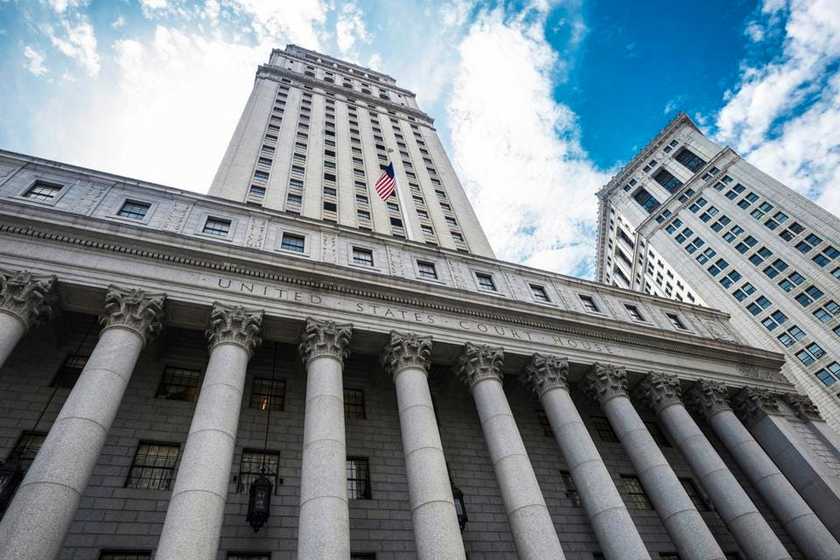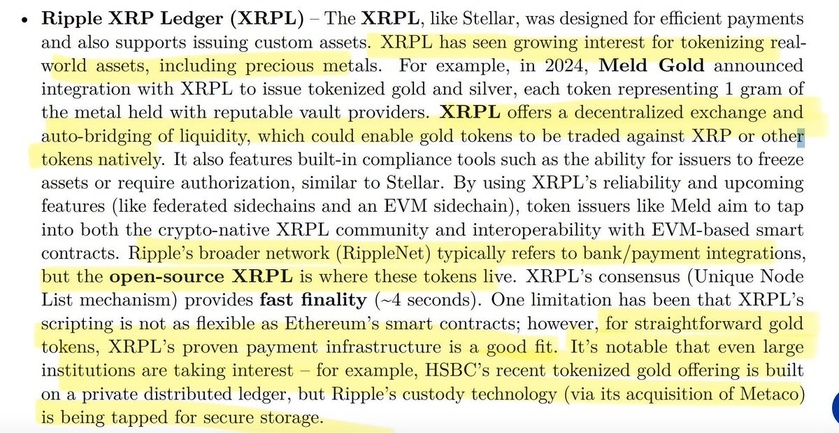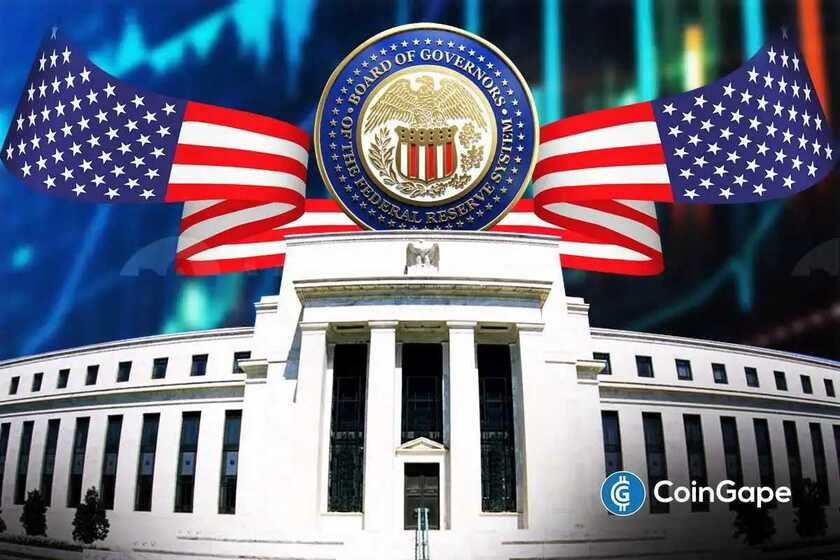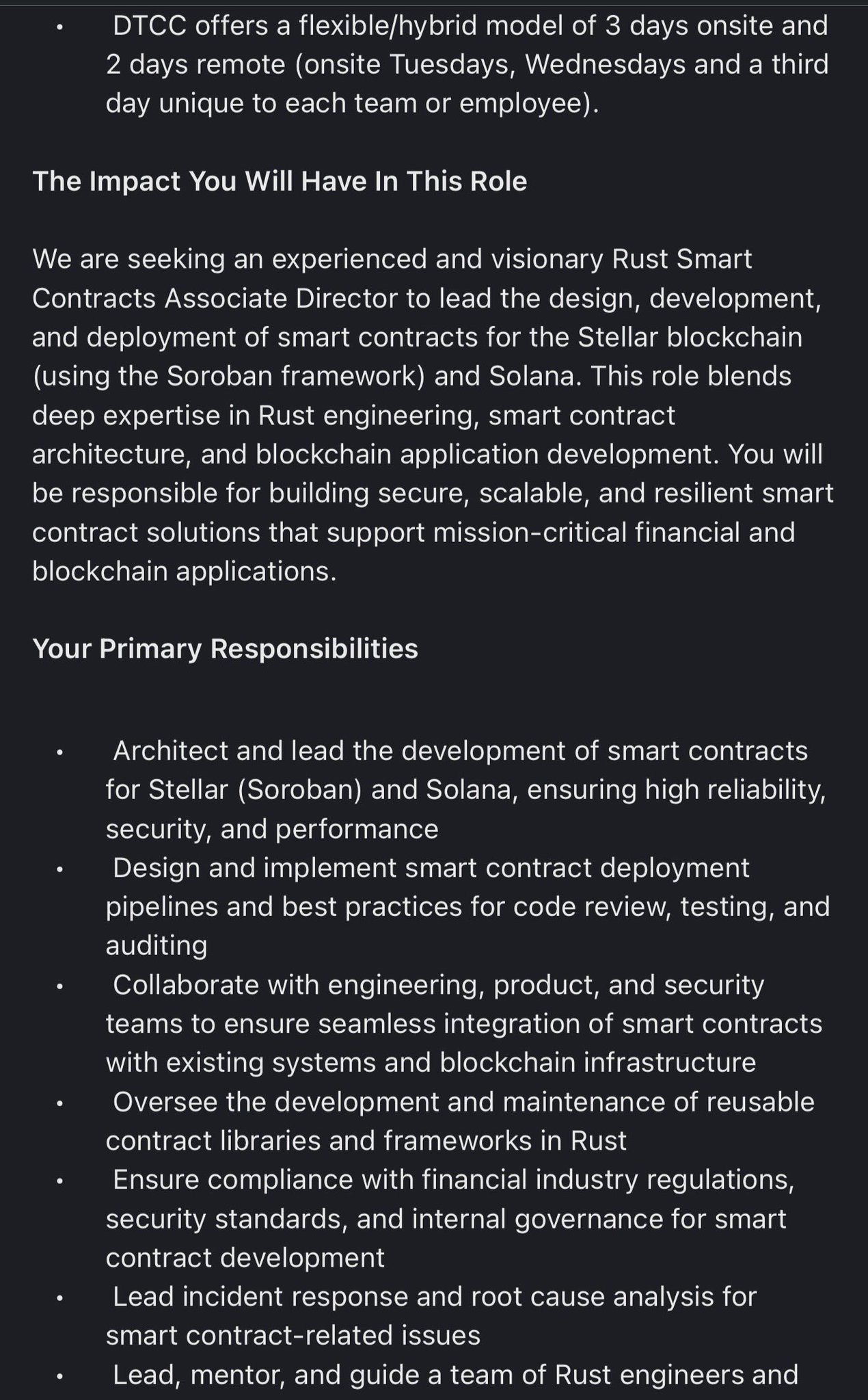As the cryptocurrency trial of the century draws to an close in a Manhattan federal court, there are increasing signs that the U.S. Securities and Exchange Commission (SEC) faces a bruising defeat against the San Francisco-based enterprise blockchain innovator Ripple Labs. The verdict could drastically limit the SEC’s authority to regulate crypto in the United States. If that’s how it ends, it will have been a self-inflicted disaster from the start.
The SEC filed its bombshell lawsuit against Ripple and its two senior executives in December 2020, on the last day in office for ex-chairman Jay Clayton. The Republican voted with the two Democratic commissioners to allege that the cryptocurrency XRP is an unregistered security because its only utility since 2013 has been to be an investment contract in a company that uses it for its payment software.
The breadth of the allegations was sweeping as the lawsuit’s legal theory overreached. Almost two years later, the SEC faces a painful reckoning because Ripple decided to fight back, as did tens of thousands of retail users of XRP who have no connection to Ripple other than being co-victims of the government’s behavior.
The SEC realized early in the litigation that they’d gotten lost in a maze of its own making. The stellar defense team for Ripple went for the jugular, calling out the bizarre SEC premise that XRP had been an unregistered investment contract in Ripple since 2013 and that even sales of billions of XRP tokens on the secondary market for seven years were securities as well. Ripple didn’t need to look too hard to document how the SEC had repeatedly waffled before market participants for years over whether XRP was a security. Yet, it now alleged that Ripple and everyone else in the market should have known anyway.
Ripple also focused on a market-moving speech in 2018 by Clayton’s Director of Corporation Finance, William Hinman, who laid out a vision of how XRP’s chief market rival in the crypto markets — Ethereum’s native cryptocurrency ether — was not a security because its ledger had “decentralized” over time. The internal SEC emails and drafts behind that speech became central to Ripple’s rebuttal, and the SEC spent 18 months fighting six separate bench orders to turn them over, making it increasingly clear that their real behind-the-scenes confusion around tokens would be humiliating if it ever went public.
Ripple finally got the Hinman speech documents last month, CEO (and co-defendant) Brad Garlinghouse tweeted that the SEC “wants you to think that it cares about disclosure, transparency and clarity. Don’t believe them. When the truth eventually comes out, the shamefulness of their behavior here will shock you.”
Now that the parties have reached the end of an exhaustive discovery phase with dueling motions for summary judgment, Ripple fired off a robust set of arguments while the SEC’s motion was just a warmed-over version of its original complaint. Some legal observers noted that the agency failed to prove its case. Its own expert said XRP’s market value was not tied to Ripple’s performance, and it didn’t find any way after two years to demonstrate on how tens of thousands of retail users and traders of XRP knew that the token was an investment in a company that most of them had never heard of.
This is where the case really went south for the government. Retail XRP holders launched themselves into the case by the tens of thousands. Led by Rhode Island attorney John Deaton, they first attempted to intervene against the SEC by asking the judge to make them defendants along with Ripple. The SEC responded with a ferocious attempt to malign Deaton personally and portray his clients as unworthy cranks.
Instead of turning her nose up at the XRP holders without comment, Judge Analisa Torres denied their motion to intervene by saying she’d spent time digging into legal precedent to see whether it was even possible for a party to make itself a defendant in a case, and came up empty. But she offered them the chance to file amicus briefs instead, sending a blunt signal to the SEC that real investors were going to have her ear when its presumptions of their motivations would be pondered. In retrospect, with all that has happened since, anyone with a political instinct close to Gensler should have convinced him to fold then and there.
Deaton’s putative class of XRP holders has swelled to more than 75,000, among whom more than 3,000 provided affidavits to Ripple’s defense team stating that they had never heard of the company they were allegedly investing in before the SEC filed the lawsuit. Those affidavits were entered as evidence with Ripple’s motion for summary judgment, which was a brutal takedown of a federal agency at odds with its own mission to protect retail investors, appealing to authority granted in the 1946 Howey decision from the Supreme Court to argue that anonymous lines of computer code are investment contracts in a company.
Behind Deaton were other XRP users with no connection to Ripple who have filed amicus briefs, as well as the two most prominent crypto industry associations, the Digital Chamber of Commerce and the Blockchain Association. The SEC has had no allies, not even its own expert witnesses who ended up giving ammunition to the defense. Attorney Jeremy Hogan, who has followed the case on his popular YouTube channel, says the SEC can only prevail with its summary judgment motion if Judge Torres “forgets her first year of law school.”
Prominent legal experts like Curt Levey of the Federalist Society and Professor J.W. Verret of George Mason University’s Scalia School of Law agree that Ripple is on track to win this case. Worse for the SEC, Verret predicts that if the SEC appeals up to the Supreme Court, it is likely to not only lose but set a sweeping precedent that would limit or eliminate entirely the application of Howey on cryptocurrencies, which defy the definitions of 1946.
So why is Gensler still letting his Enforcement Division drive this bus off a cliff? They are litigators, but Gensler is ultimately a political figure. Politicians, Deaton said recently in an interview, are all about turning a loss somehow into a win and moving on. Ripple’s general counsel, Stuart Alderoty, has made it clear that they will settle “in minutes” and pay a fine if the SEC will make it clear that today’s XRP is not a security. Having expended his political capital, Gensler should take the deal.





























